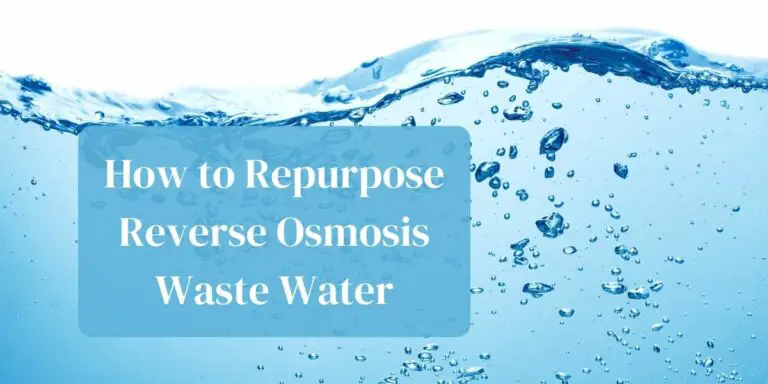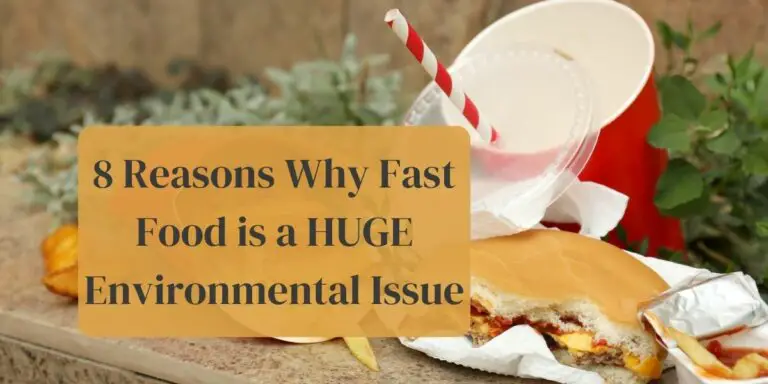Currently, we are facing by far the greatest environmental crisis of our time. The concepts of eco-consciousness and awareness, circular economy and sustainability are no longer just buzzwords in the media, in conversations with friends and in our broad sociopolitical life, but a poke in the eyes of everyone living on this planet.
In short, many things we’ll have to change if we want to continue living on Earth and we will have to imagine, invent and readapt to new systems of living and being, including the way we produce and consume food.
We all know that today’s food industry is among the biggest pollutors, so turning to sustainable eating is one of the things we can practice to change the way we think about food and learn how to eat more sustainably.
Read on to get a better insight in the concepts of sustainable eating and sustainable diet, as I provided tips on how to eat more sustainably, a shopping list with sustainable foods plus some extra advice on eating sustainable meat, fish and seafood.
Table of Contents
- What is Sustainable Eating?
- Why Is Sustainable Eating Important?
- 10 Sustainable Foods to Buy
- How to Eat More Sustainably? 10 Tips
- Tips on Eating Sustainable Meat and Fish
- Conclusion
What is Sustainable Eating?
Although many have heard about sustainable eating already, a considerable number of people associate it with the so-called “healthy eating”, although it is far more than that.
The popular wellness industry has seriously greenwashed this concept, highlighting and promoting products as “organic”, “green”, “eco”. The sole aim is to increase individual consumption, leaving little or no room for an approach that considers the wellbeing of the entire ecosystem without focusing on today’s consumer needs only.
Of course, eating sustainably seriously contributes to health, however, it is not about the food only nor about eating plant-based foods – it is a layered issue that includes food production, distribution, packaging, and consumption. A complex network of environment, economy, health, and nutrition and all these are interconnected and depend on global collaborative efforts.
According to Jeffrey D.Sachs, an expert on sustainable development, as species, human beings depend on nature and its so-called “environmental services”. We get food and water, materials for survival and shelter from environmental risks and natural catastrophes from nature, and yet we fail to protect the physical basis of our survival.
So when discussing sustainable eating, we’re practically discussing our needs here in the present but also the ability of future generations to meet their needs, as stated by the U.N.’s Brundtland Commission on sustainable development back in 1987.
With that said, sustainable eating should fulfill the needs of societies today while protecting the basis of our environment to provide long-term human survival.
Why Is Sustainable Eating Important?
The mass food production and consumption has caused major environmental havoc that resulted in increased rates of greenhouse gases, desertification, deforestation, animal and human exploitation, disruption of biodiversity, health and other issues.
Now, let’s take a look at some facts regarding this:
Food production is responsible for one-quarter of the world greenhouse gas emissions.
Invaluable rainforests are torn down and then used for raising livestock, producing palm oil or cocoa, or growing crops for feeding animals like pigs or chickens.
Chemical fertilizers are used in high amounts to boost crop yield, so the latest green agenda of the European Union includes reducing the use and risk of chemical pesticides by 50% and cut nutrient losses by 50%.
Industrial agriculture disturbs the biodiversity within the soil. Communities of insects and a variety of invertebrates lose their habitats due to farming, which prevents their ability to recycle dead plants and turn them into organic carbon that will make the soil fertile.
The animal agriculture industry, mainly compromised by gigantic multinational corporations, profits from exploiting both humans and animals. Animals are exploited for eggs, milk, dairy, fish which are the main work material for exploited industry workers who labor in slaughterhouses and meatpacking plants and earn poverty wages.
A great deal of food is packed, and thus food packaging makes up about 170 million tonnes of waste every year, from plastic that ends up in the waterways to toxic byproducts.
Most processed foods are made thanks to the mass production of their most commonly used ingredients — maize and wheat. These grains are grown as monocrops, meaning they damage biodiversity and have a great impact on pollution. The volumes of unhealthy ingredients in processed foods like fat, sodium, and added sugar enhance the risk of serious health issues like cardiovascular diseases, diabetes, and obesity.
All these global environmental changes have led (and still lead) us to almost irreversible shifts in the system of our planet, resulting in famine, conflicts, morbidity, and mortality.
Today, over three billion people are malnourished and a lot of the inhabitants on Earth eat low-quality diets. As the world population is simultaneously expanding, the development of food systems has to be sustainable to ensure future with access to enough nutritious food.
In a nutshell, sustainable eating is important because the current global systems cause more damage than good to all living being on this planet. A “great food transformation” is necessary, and we need to rethink the way we produce and consume food, focusing on the earth system globally rather than locally.
10 Sustainable Foods to Buy
“When You Buy, You Vote.”
When we buy products, we approve their production and availability, and we highlight their need. Most people would agree that what they choose in the supermarket is based on convenience, price and taste, leaving sustainability somewhere in the back.
Nevertheless, caring and knowing is the first step to improving something, so here’s a list of 10 sustainable and tasty foods that you can look for the next time you go shopping:
Rice
A food source with high-energy level that’s easy to grow, cultivate, cook and store for longer periods of time.
Oats
These can replace breakfast cereals that are often imported and made of maize. They are good when grown without artificial chemicals, and are crops that can be sown in between harvests to replenish the soil.
Locally grown vegetables
Find the shortest supply chain – if you can’t grow your vegetables, search for your local community gardens or farmers’ markets to get the best seasonal deals. And if you have to buy at the supermarket, don’t buy out of season.
Mussels & Bivalves
These are stacked with nutrients and thrive on organic water, so they can turn waste into carbon storage and tasty food. Plus, they’re simple to farm as they don’t require extra feeding.
Pulses
Pulses are very nutritious and can supplement the protein from meat. They can self-fertilize soil by feeding the microbial life and even if they don’t grow organically, they don’t require chemical fertilizers that pollute the soil.
Seaweed
Seaweed is a real “superfood” that is nutrient-dense, absorbs carbon dioxide but also can reduce the acidification of oceans and ensure high-quality habitat to sea life and microorganisms.
Venison
Venison is meat full of nutritional ingredients produced from plants, trees and grass that humans don’t use. It is in abundant supply as there are less predators and deer populations are slaughtered so they don’t intrude on farmlands or use up wild vegetation.
‘Waste’ Food
There are many things one can do to cut food waste, preserve food and use it wisely, thus eliminating 8% of the total emissions. You can eat as much of the fruit and vegetables, including the skin and the seeds or turn surplus fruits into jams or condiments, or make stock from meat and fish bones.
Grass-fed beef and lamb
If consumed moderately, red meat can be a beneficial nutritious food, plus it increases access to certain nutrients in plant food. According to the writer Carolyn Steel, humans coevolved alongside grass-fed animals for reason. We can’t eat grass, but they can, so we eat animals that eat grass to get those nutrients.
Fair-trade teas and coffee
Coffee and tea have been long labeled as “human and nature exploiting commodities” due to deforestation and the exploitation of workers. But you can always choose to search and buy eco-friendly, fair-trade coffee and tea in supermarkets or in cafeterias and tea shops.
How to Eat More Sustainably? 10 Tips
Eating sustainably doesn’t have to be perfect, nor it should consume all your time and money. Start small and observe how you grow by implementing these simple 5 tips. Plus, I added 5 practical tips on eating sustainable meat and 5 more on sustainable fish and seafood.
1. Shop locally
When you shop locally, you support small businesses and help you community grow and prosper. Shopping locally also translates to cuts on food shipping and transport.
2. Choose seasonal products
Of course, now you can buy tomatoes and mango during Christmas, wherever you are, but that doesn’t mean you should. Just because they’re available at the supermarket, that doesn’t mean they’re good for you, as usually this product contains many pesticides and contribute to fossil fuel emissions as they travel long distances.
3. Grow something, join a communal garden
Start small by planting basil and oregano in pots by your window, or plant some cherry tomatoes in your home garden. If you don’t have the right conditions, join one of the communal gardens in your area. Believe me, growing food is therapeutic. You learn what makes plants grow, you dedicate attention, and then you are rewarded with food. It will give you a greater understanding and appreciation of what it takes to make food from scratch.
4. Educate yourself about sustainable eating, talk to people
It is always good to get first-hand information on the food you buy and eat. You can talk to the local farmers and producers of sustainable agriculture or to the staff in restaurants that support locally grown, organic food to get new resources and tips on where to shop and how to contribute to sustainable eating.
5. Make a new grocery list
To reduce food waste and food packaging waste, to start, you can make better choices when shopping for food. Visit bulk stores and buy things you commonly use without packaging. You can bring your jars and cloth bags, or ask for a paper bag. This way you save on waste, energy, and water needed for production of packaging.
Learn how to start creating a zero-waste kitchen.
6. Avoid processed foods and fast food
Replace nutritional bars that come in packages with a handful of dried fruit of nuts. This way you go for a snack made with minimal processing and save on the carbon footprint that results from manufacturing, distribution, and traveling.
Also read: Is cooking at home better for the environment?
7. Eat moderately
What’s more to say here? Producing food for the consumption of extra calories wastes a lot of resources and harms your health. There are so many things you don’t need to eat and buy, start with one per week and keep on increasing. Choco pops? Choco bars? Chips? – Yeah, exactly.
8. Use preserved foods in the off season
If you turn surplus fruits and veggies into jams, preserves and pickled delights, you will have basically learned one of the oldest trick for survival. Preserved foods are a highly efficient sustainable option for your winter menu. You get lightly processed, delicious, eco-friendly treats that you can also give to friends as present and share the good cause.
9. Limit your food shopping trips
Try to limit the number of your food shopping trips, especially if the shops are located far from your home, and you need to drive there. One of the most practical ways to do this is to limit your shopping per area. So if you go to the local farmers, try to do all the monthly or weekly shopping within that area.
10. Reduce meat consumption
I’m sure you’re already aware that animal foods leave greater carbon and water footprint compared to plant-based foods due to the industrial livestock farming and release of greenhouse gases such as methane and CO2. There are many smart ways to reduce meat consumption without taking any health risks or rigorously changing your lifestyle from scratch.
Also read:
Let’s see how you can eat meat and fish more sustainably:
Tips on Eating Sustainable Meat and Fish
If you want to eat more sustainably, you don’t have to go without meat and fish at all. Follow these tips to reduce your ecological footprint nevertheless:
- Focus on introducing new plant foods to your diet before you slowly start restricting meat. This way, you get more food options and alternatives.
- Avoid supermarket meats. Instead, get to know your butcher and talk to them about the origin and the quality of the meat you buy.
- Find a supplier at your farmers’ market, preferably one that sells directly to consumers.
- Eat mindfully and limit meat meals per week. Have a no-meet Monday or Friday, you choose.
- Team up with another family or smaller group of friends and buy half a pig or lamb directly from the producer to save on packaging and distribution.
- Find a good fishmonger and buy local, seasonal fish.
- Make sure the fishing is labeled as ‘rod-and-reel’ as this type prevents overfishing by getting with less bycatch, only one fish can be caught at a time and non-targeted species can be quickly released.
- The best choice for sustainable fish shopping are mackerel, European hake, coley, mussels, and cold water prawns.
- Try different fish and seafood as buying a wide range of fish is essential for maintaining fish stocks, protecting species and preserving marine balance.
- Choose SRA (Sustainable Restaurant Association) certified restaurants and check the database of the restaurant before you visit. The SRA helps its members to find sustainable ingredients and use these ethically.
Conclusion
I hope that this article helped you to learn more about the concept of sustainable eating and inspired some changes in your diet. Remember that to live sustainably, you don’t have to get all things perfect every day — just stay conscious, adapt and “cook with what you have” at the moment to make things better than they are.
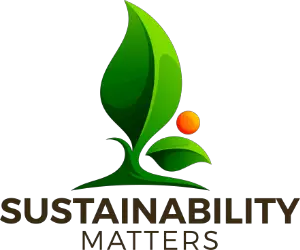
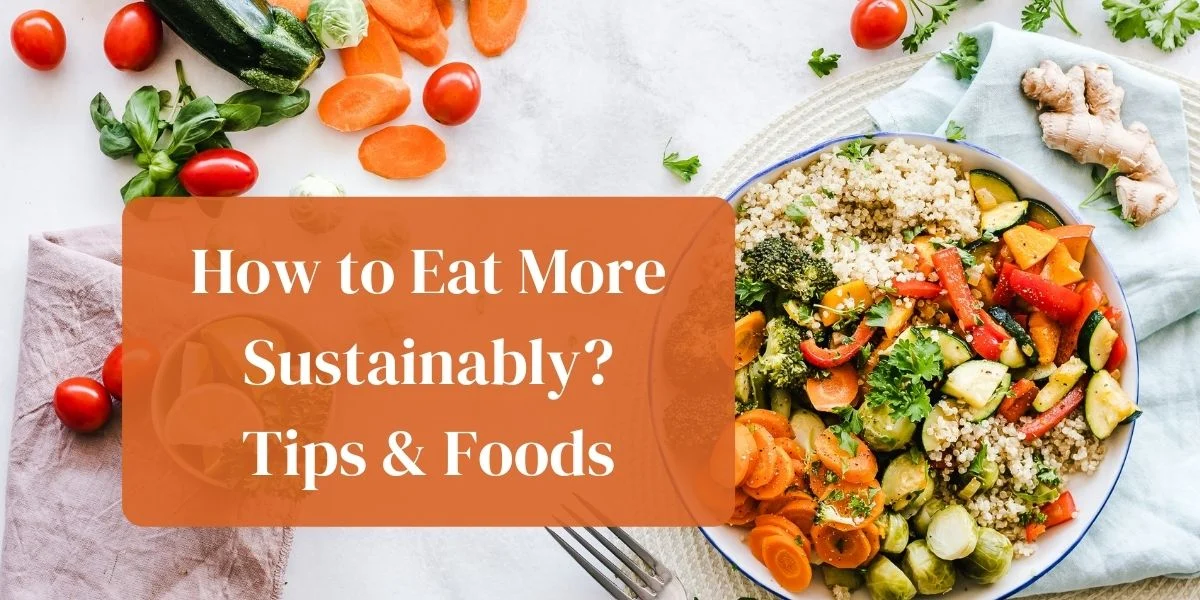
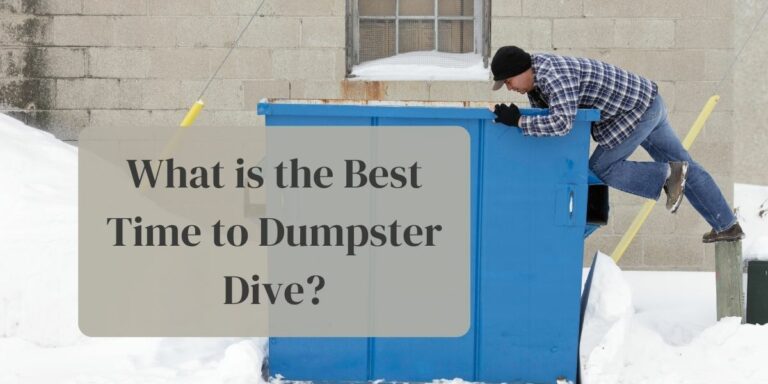
![Full Review: Xiaomi [Mi] Air Purifier to combat Air Pollution](https://sustainabilitymattersdaily.com/wp-content/uploads/2018/09/Climate-change-misconceptions-1.png)

